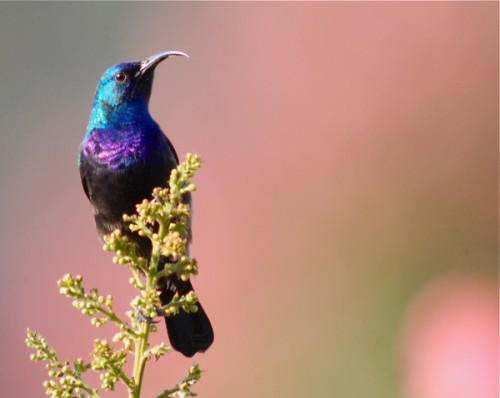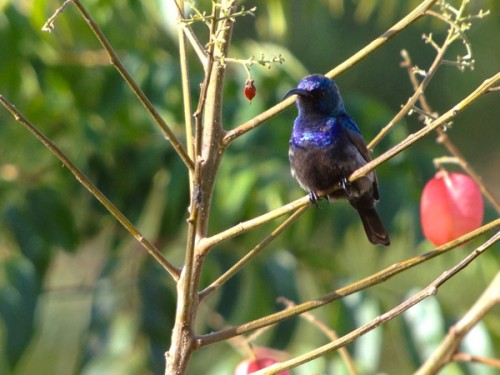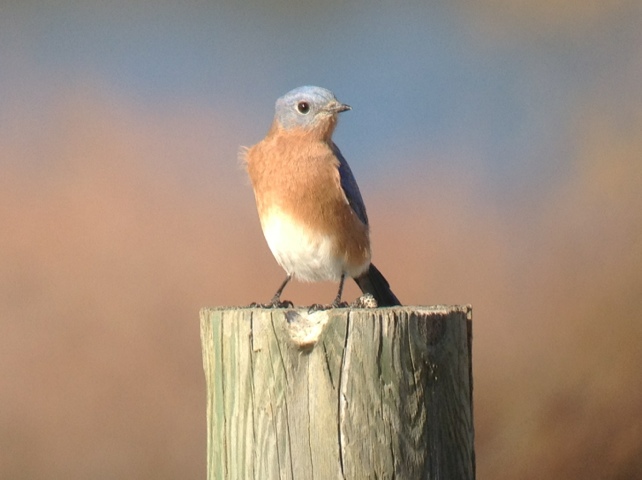So my goal is to do a fundraiser for the Friends of Sax Zim Bog to help build a welcome center up there. My goal is to see how many different species of birds I can digiscope between January 1, 2013 - June 30, 2013.
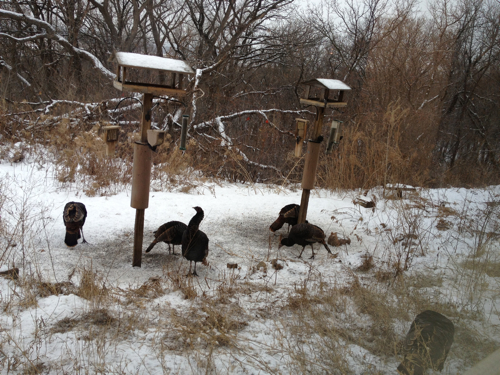
I took my first outing today at Minnesota Valley National Wildlife Refuge to knock out a few of the feeder species and I found myself in a quandary...I was able to get photos of tons of birds, mostly in focus but I knew that if lighting was a bit better, my shots would be better. However, you really do not know how timing is going to play out and you may find that by June you don't have a junco photo. So, I'm going to always strive to get photos of different birds, but if I have an opportunity to get a better photo of a bird that I already have a photo of, I'm going to go for a better photo.
Here is a blue jay giving me Zoolander's "Blue Steel" look! So I took out my Swarovski ATM 80mm scope with the 25 - 50 zoom eyepiece and my iPhone and tooke 175 photos, 9 of which I'm calling countable for my Big Half Year.
Here's a wild turkey I digiscoped today. My friend Craig on Twitter said that he would only donate for bird photos in focus (unlike the World Series of Birding which asks photographers to provide "identifiable" shots). So I think I'll keep Craig's rule and try to keep things in focus for birds that end up on the official list.
I took 174 photos today and I added 9 species of birds to the list (like the above northern cardinal). I'm keeping an official photo album of all species over at Flickr. I thought I would keep track of how many photos I take and how many photos I use because a lot of people don't realize that photographers delete a LOT of photos.
Got my obligatory house sparrow out of the way. You can donate to the cause and I would recommend not donating per bird, but just putting in a fixed amount. I anticipate that I will exceed my goal of 250 digiscoped bird species in six months. And it really is a good cause, so many people visit Sax Zim Bog for the birding potential and it would be great to help people find their way to the cool birds...and avoid the scary people.
Here's the link to my Big Half Year Flickr Album and if you are inclined to donate, here's the link for that.
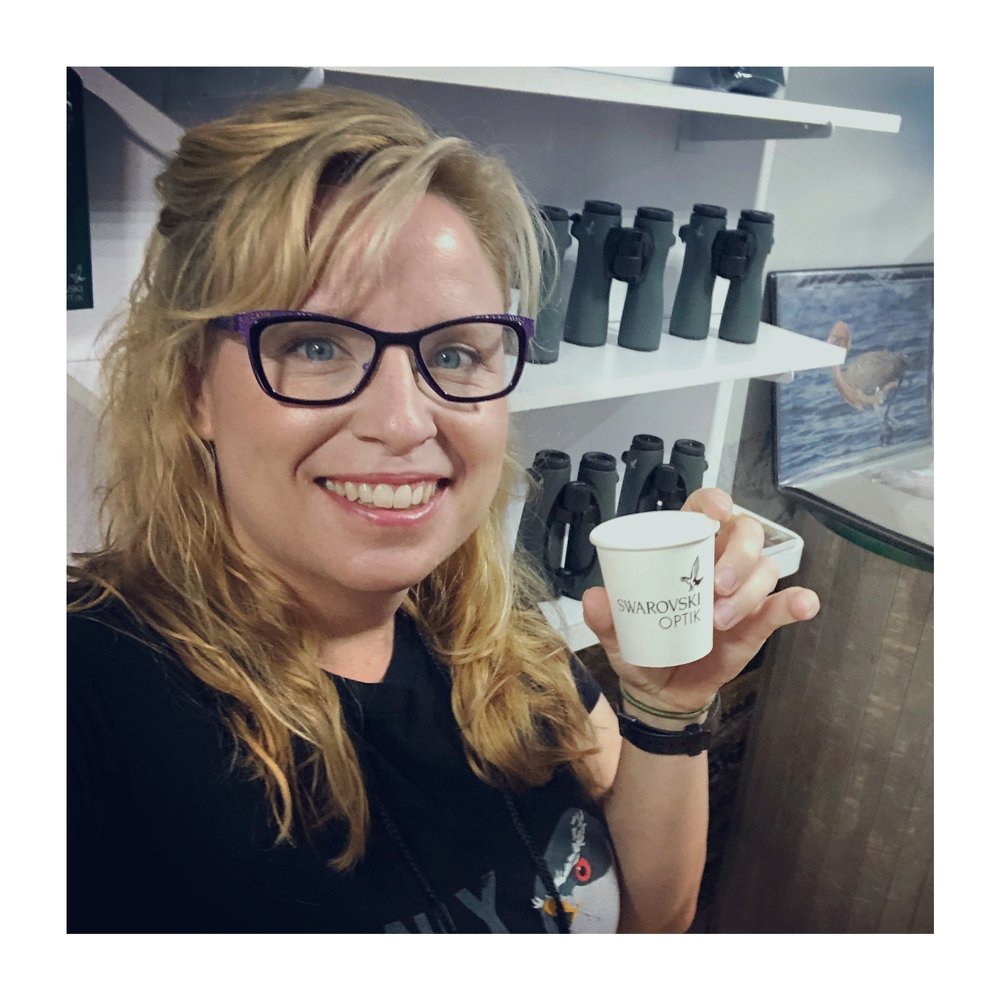
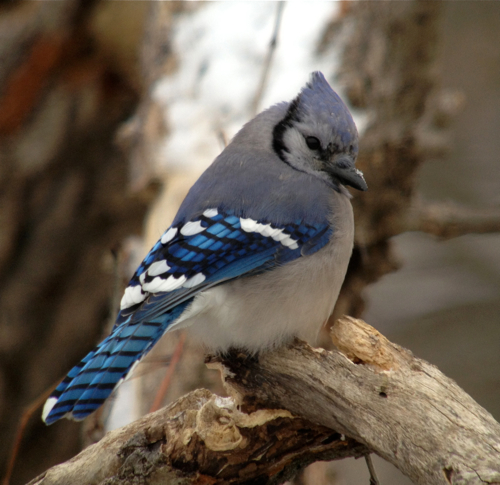
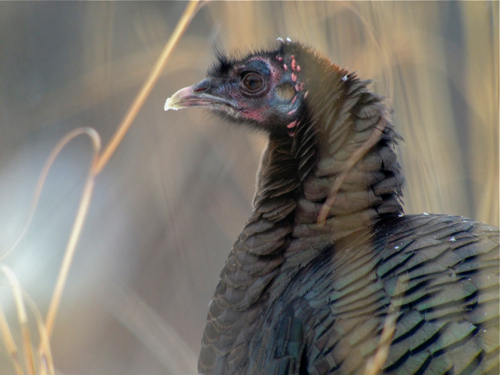
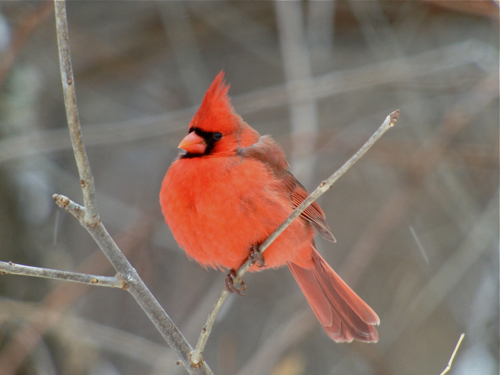
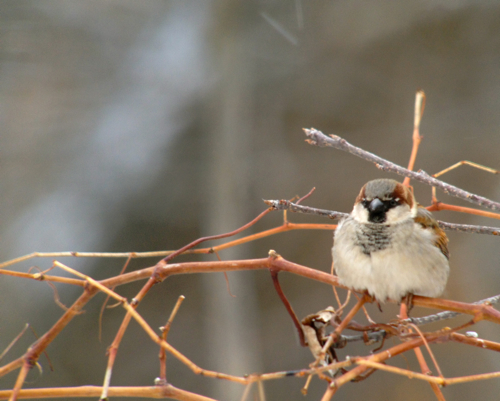
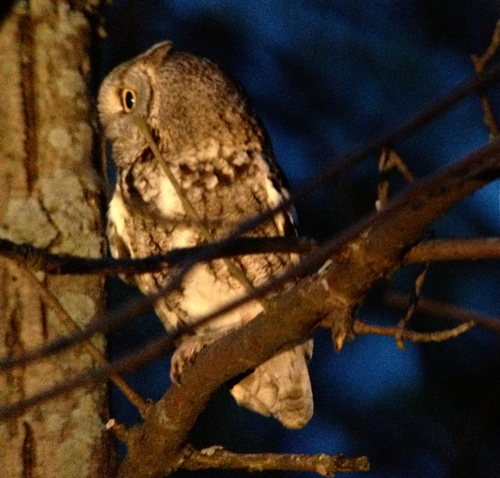
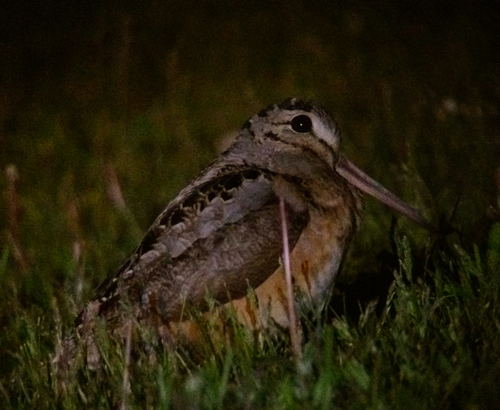
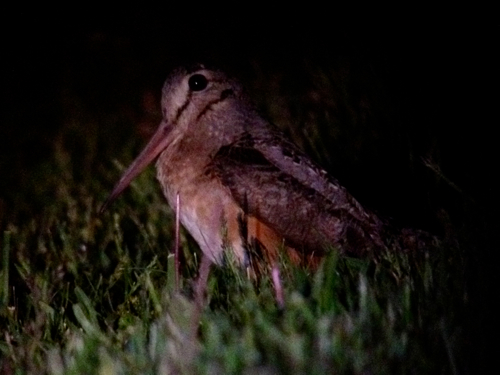
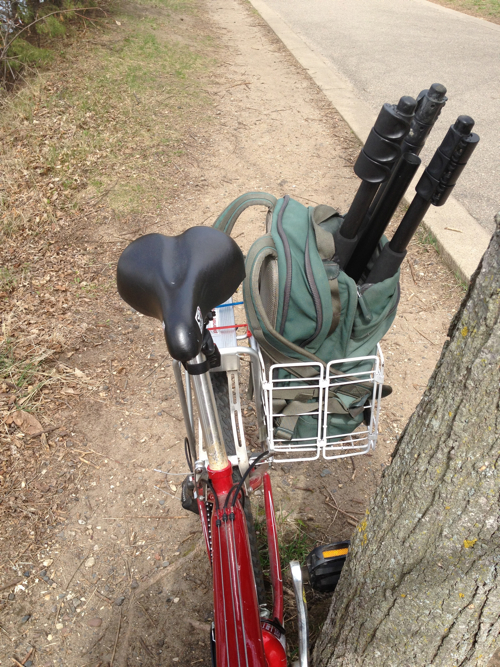


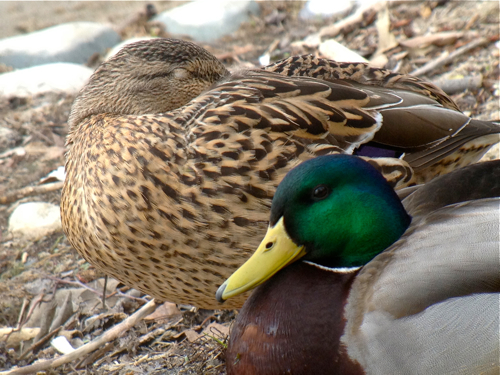









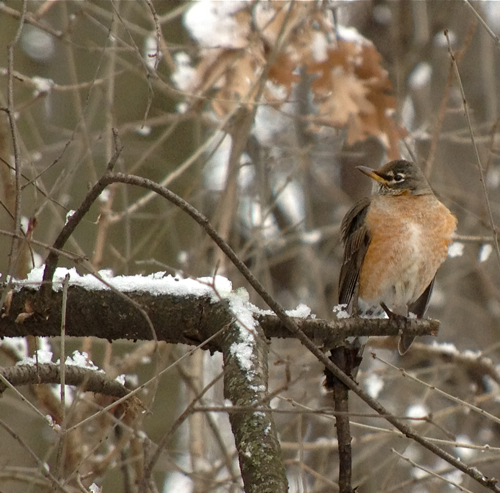 Turns out that my first bird digiscoped in 2012 is an American robin and I got it by holding up my iPhone to my scope. I hope everyone had a safe and happy holiday season. Non Birding Bill and I tried to take some time off but with his show, it was a bit more action packed. When he takes
Turns out that my first bird digiscoped in 2012 is an American robin and I got it by holding up my iPhone to my scope. I hope everyone had a safe and happy holiday season. Non Birding Bill and I tried to take some time off but with his show, it was a bit more action packed. When he takes 